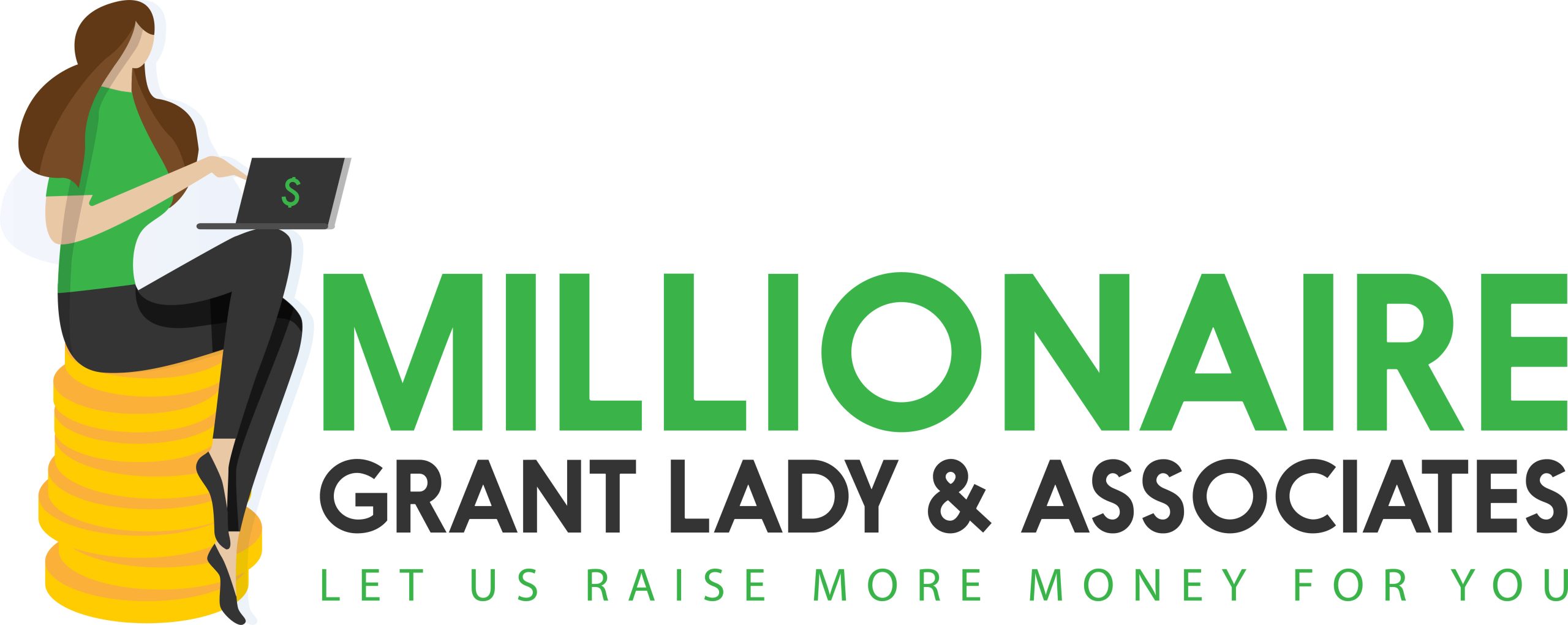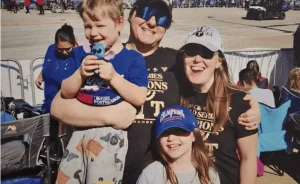If your grant proposals feel flat or overly formal, it’s time to rethink your approach. Storytelling isn’t fluff … it’s strategy.
There’s one skill that sets successful grant writers apart … and it’s not perfect grammar or deep pockets.
It’s storytelling.
Not the fairy tale kind. I’m talking about real, human-centered narratives that connect your work to the hearts (and checkbooks) of funders.
Because funders don’t fund programs. They fund impact. And the best way to show that impact is through story.
Why Storytelling Matters in Grant Writing
Funders want to believe that their dollars are going to good use. Cold data might convince them, but a good story will move them.
A compelling narrative:
- Brings your mission to life
- Shows the real people behind the problem
- Demonstrates your impact in a tangible, memorable way
It turns your proposal from a report into a movement.
A Real-World Example
Take my client, a health service organization in Texas. Their narratives were solid: clean data, good outcomes, all the buzz words. But it read like a narrative meant for a doctor.
I knew these specialized medical terms wouldn’t land with foundation funders, so we rewrote it and focused on the impact their services had on one man.
We added quotes. Centered the impact. Told the truth.
With refreshed grant narratives, the client won $500,000 from foundation funders last year.
How to Tell a Stronger Nonprofit Story
Here’s how you can start infusing your grant writing with the kind of storytelling that funders love:
-
Use the STAR Method
This simple structure helps keep your story focused and impactful:
- Situation: What problem was your community member facing?
- Task: What challenge or goal were you both trying to address?
- Action: What did your organization actually do to help?
- Result: What changed as a result? Be specific
-
Center the people, not your org
The community and the impact is the point, not your specific organization. Funders want to know how people’s lives are changing, not just how hard your team works.
-
Pair Emotion With Evidence
Start with a story that captures attention. Then back it up with the stats and outcomes that show your program works. That’s the balance that earns trust.
Common Mistakes to Avoid
- Too much jargon: Speak plainly. Your reader may not know the acronyms or insider language.
- Only using stats: Data is crucial, but it’s not the why.
- One-size-fits-all narratives: Tailor each story to the funder’s mission. They want to see alignment.
Let’s Flex Your Storytelling Muscles
Storytelling is a muscle. And like any skill, it gets stronger with practice. The more you lean into authentic, purpose-centered storytelling, the more powerful your grant applications become.
Not sure how to start? We help nonprofits find their voice, shape their narratives, and write grants that actually get funded.
If you’re ready to tell your story and win the funding to fuel your vision, schedule your no-obligation consultation call with us today. We are ready to partner with you to help you win big.
Want great grant tips, delivered straight to your inbox? Sign up for our newsletter.



